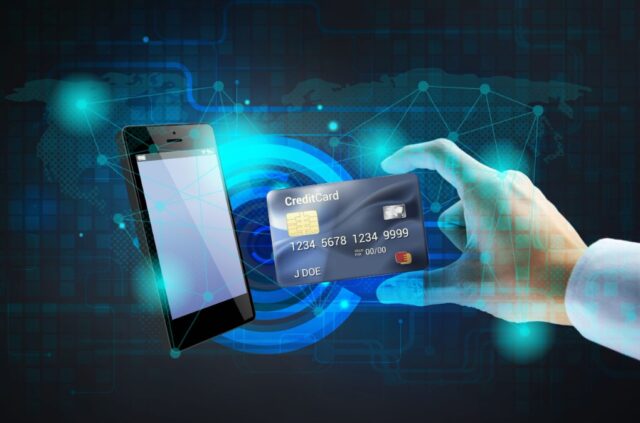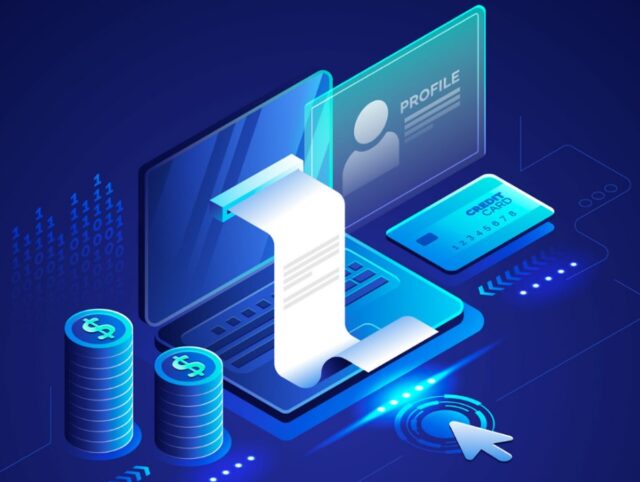
Navigating the world of payment gateways can feel overwhelming for many business owners. The jargon and technicality may make it seem complex.
However, understanding how it works and making the right choice is simpler than it looks. In this article, we’ll break it down to make it clear and easy.
Key points:
- A gateway acts as a bridge between customers and merchants.
- It encrypts card details to protect user information.
- Businesses can customize their payment experience.
- Different types of gateways offer various features.
- Integration is crucial for seamless operation.
- Customer experience is tied to payment efficiency.
- Security is a top priority for all transaction methods.
- Transaction fees may vary, so consider costs.
- Speed, convenience, and reliability are the main factors.
- White-label solutions offer branding flexibility.
What Is a Payment Gateway?
You make a purchase online. You type in your card details, hit the “pay” button, and within seconds, the transaction completes. But what happens behind the scenes? The answer is a gateway. It is software that connects your website or application to a financial institution, ensuring safe, quick, and secure transactions.
When a customer enters their credit card details, the gateway securely transfers that information to a processor. Then, it sends an authorization request to the customer’s bank. Once approved, the transaction is completed. This entire process is invisible to the user but is crucial for safe online transactions.

Types of Payment Gateways
There are various types of payment gateways, each with its own set of features. A popular solution is a hosted gateway, where customers are redirected to a secure page to complete their transaction. Another is the integrated gateway, where payments happen within the business’s platform.
If you’re interested in learning more about gateway options, Payomatix is one of the top payment gateways. White-label gateways give businesses even more control. It allows businesses to customize everything from logos to color schemes. A branded experience builds trust with customers and adds to the business’s overall identity.
Choosing the Right Payment Gateway
Choosing a gateway depends on the needs of the business. Different gateways offer different features. Some focus on security, others prioritize speed or ease of use. What matters most is finding one that fits the business’s size, volume, and customer base.
Here’s a quick list of what to look for when choosing a gateway:
- Security ─ Make sure it complies with industry standards.
- Integration ─ It should work well with existing systems.
- Customer support ─ Good support can save a business time and money.
- Customization ─ White-label solutions allow branding flexibility.
- Transaction fees ─ Balance features against cost.
- International payments ─ If the business operates globally, it should handle international transactions.
Security and Compliance
Security is the backbone of any gateway. Customers need to trust that their financial information is safe. Payment Card Industry Data Security Standard (PCI DSS) is the gold standard in the industry. A gateway must meet PCI DSS requirements to operate securely.
On top of that, encryption and tokenization add extra layers of protection. These methods ensure that no sensitive data gets exposed during transactions.

Transaction Process
A simple way to think about a gateway is to view it as a mediator. It stands between customers and merchants. It ensures that all financial data remains safe. Here’s a simplified breakdown of the process:
- The customer enters their card details.
- The gateway encrypts the information and sends it to the processor.
- The processor communicates with the customer’s bank.
- The bank checks the details and either approves or declines the request.
- The gateway relays the bank’s response back to the merchant.
- All of this happens in just a few seconds. The goal is to keep things moving quickly and securely.
Gateway Fees
Every gateway charges fees. These fees vary but can be broken down into two main categories: flat fees and transaction fees. Flat fees are often charged monthly. Transaction fees, on the other hand, depend on the volume of transactions.
It’s important to weigh the costs when choosing a gateway. Some may offer lower rates but lack certain features. Others might offer advanced features but charge higher fees.
Integration and Usability
For a business, integration is key. A gateway must work well with existing systems. The goal is seamless operation. A good solution will not only offer easy integration but also make sure the user experience is smooth. No one likes a clunky or slow payment experience.
Speed is everything. If customers encounter delays, they may abandon their cart. It’s important to choose a gateway that offers speed without compromising security.
Customer Experience
A customer’s experience doesn’t end when they hit the “pay” button. The payment process is a big part of that experience. A good gateway should make payments easy, quick, and seamless. Customers should trust that their data is secure, and the process should be smooth from start to finish.
White-label gateways help improve this experience. They allow businesses to align the payment process with their brand. Everything, from the look of the checkout page to the tone of emails, can reflect the business’s personality. Customers will appreciate the consistency.

Common Challenges
Though using a gateway makes the transaction process smoother, challenges still exist. Fraud is a major concern. Cybercriminals constantly look for ways to exploit weaknesses in systems. That’s why security features like tokenization and encryption are so important.
Other challenges include transaction delays or failures. Sometimes transactions fail because of connectivity issues between banks or processors. This is rare, but it can frustrate both customers and business owners.
Conclusion
Choosing the right gateway can seem complicated, but it’s a critical decision. Understanding how it works and what each option offers helps make the choice easier. Whether it’s security, speed, or customization, a good solution is out there for every business.
Remember to focus on what matters most: security, seamless integration, and a smooth customer experience. When done right, a gateway becomes more than just a way to accept payments. It helps build trust and ensures customers have a hassle-free checkout every time.









